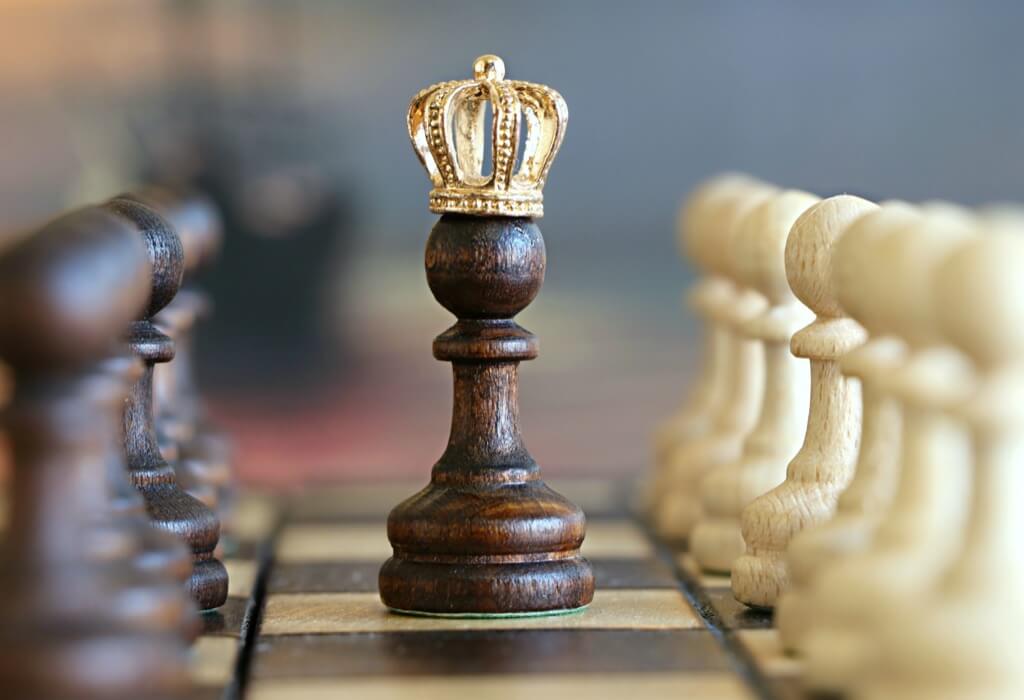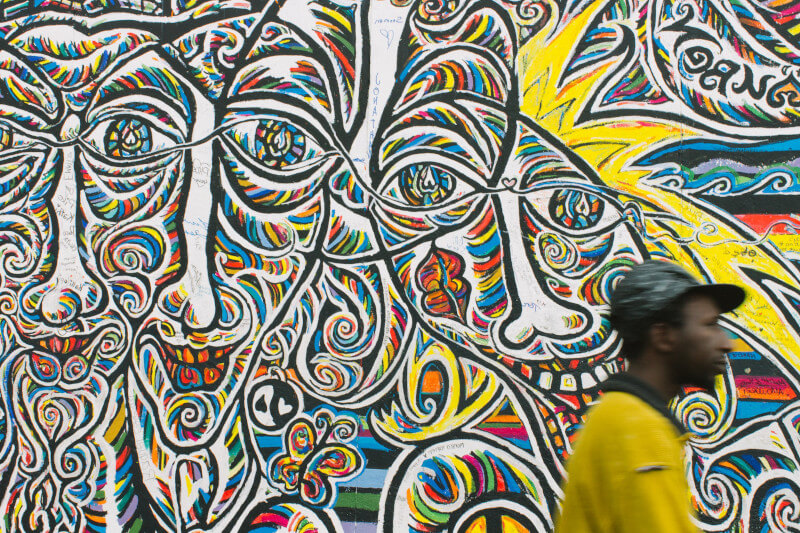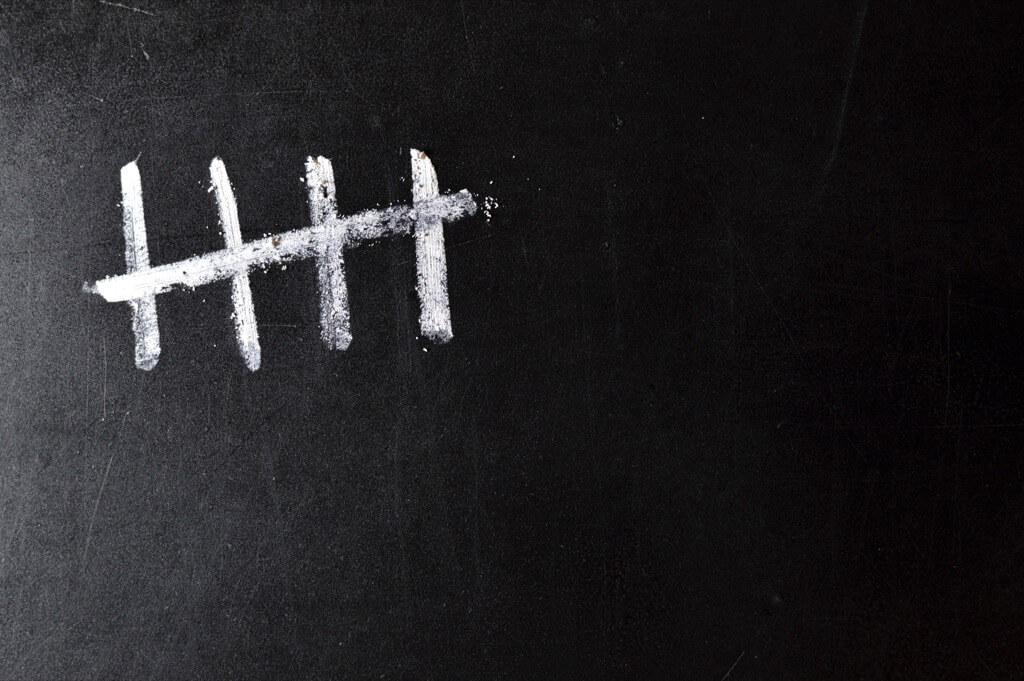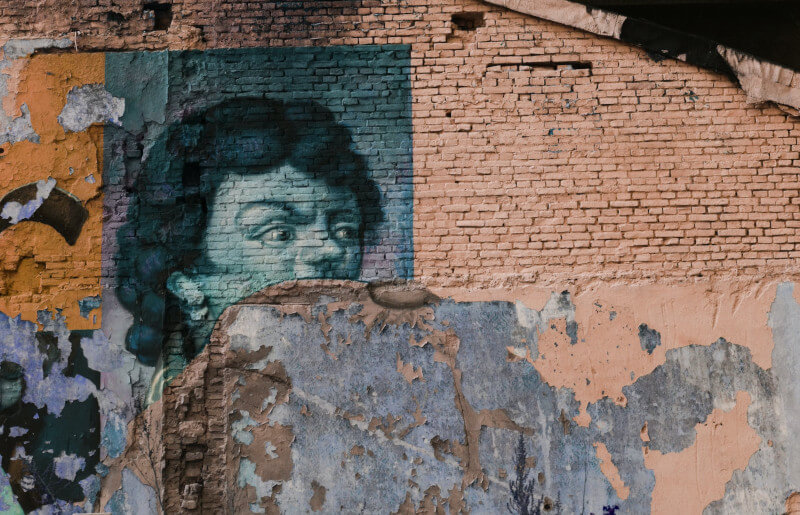The British Monarchy, with its deep-rooted traditions, holds numerous powers and peculiarities. Among these is the iconic act of knighthood, where the Queen bestows a title upon a deserving individual. But what do modern knights and dames truly gain from this honor?
Joining the Exclusive Club of British Knighthood
Every individual granted the prestigious title of a knight or dame joins a lineage of honorees across the annals of British history. Today, depending on one’s contributions, the Queen assigns them to different “Orders of Knighthood,” like the Order of the British Empire or the Order of Bath. Although the general populace might pitch in with suggestions, the final decision rests with Her Majesty.
The Ladder of Knighthood Titles
The realm of knighthood isn’t a one-size-fits-all affair. There are varying degrees or “grades” within most Orders of Knighthood, similar to a ranking system. The eminent Order of the Garter and the Order of the Thistle, however, keep it straightforward: you’re either a Knight or a Lady. Importantly, not every member of these Orders can don the titles Sir or Dame.
The Tangible Fruits of Knighthood
The primary and most palpable perk of knighthood? A title! While many earn the right to prefix their names with Sir or Dame, others can suffix their names with specific letters, like OBE or CMG, denoting their Order. Non-Brits might receive an honorary knighthood but without the accompanying Sir or Dame. Think “Bill Gates KBE” instead of “Sir Bill Gates,” unless Bill decides to embrace British citizenship!
A Glimpse into the Time-Honored Knighting Ritual
The contemporary knighting ceremony, though brief, is heavy with symbolism. At Buckingham Palace, a historical stool awaits the soon-to-be-knighted, who kneels as the Queen lightly taps their shoulders with a sword. This sword, a heirloom, previously belonged to her father, King George VI. Amidst this solemn event, Queen Elizabeth has been known to share a joke or two – after all, she’s the Queen!
Understanding the Evolution of Knighthood
Knighthood, like much else, has evolved over centuries. Previously a ritual involving a knightly slap or a ceremonial wash, today’s ceremony remains symbolic. Historically, knighthood brought privileges such as the likelihood of being ransomed instead of slain during battles, and a nod to their social standing.
The Real Prize of Modern Knighthood
In today’s world, becoming knighted doesn’t fetch you a piece of land, peasants, or even an ornate sword (though Sir Terry Pratchett got one custom-made). Instead, it’s about honor, recognition, and perhaps that little perk of skipping the queue at a posh restaurant. The weight of the title and its historical legacy remain its true treasures.
Quirky Knighthood Trivia for the Curious Mind
The Prestigious 2% Club
You might think that a knighthood is universally accepted with joy and pride, but think again! About 2% of those tapped for the honor gracefully sidestep the accolade. You’re in the famous company if you decide to decline: music legend David Bowie said “no thanks” not once, but twice! And if you ever wondered if John Cleese would prefer a Sir title or a lemur named after him, well, the lemur wins hands down!
When Knighthood Gets Revoked
If you’ve earned that coveted knighthood, you might want to keep your nose clean! If your actions later cast a shadow on the honor’s dignity, the Queen has the right to strip you of your title. Remember Anthony Blunt, the Queen’s art advisor? His knighthood was history once he was unmasked as a Soviet spy. So, always ensure your knighthood doesn’t end up in the annals of ignominy!
Princess Beatrice’s Knighting Misadventures
So you think only the Queen Knights people? Think again! Princess Beatrice once attempted to “knight” pop sensation Ed Sheeran in jest during a party. But, oops! She accidentally left him with a cut. And guess what? It wasn’t her first time having a mishap with that sword – that very ceremonial sword which belonged to her late father, Prince Andrew.
A Look at the Pros and Cons of Knighthood
The Glory of Title and Honor
- Pros:
Receiving a knighthood isn’t just about adding a “Sir” or “Dame” before your name. It’s an acknowledgment from the Crown and the nation of your immense contributions in your field or to society at large. The honor brings prestige, recognition, and a boost in social status. With this title, you join a lineage of celebrated personalities, basking in the shared glory of distinction and merit.
Recognition Beyond Borders
- Pros:
The title of “Sir” or “Dame” is recognized globally, often amplifying one’s influence and reach. Whether in the arts, sciences, or humanitarian efforts, a knighted individual typically garners more attention and respect, both domestically and internationally. This enhanced status can open doors, foster collaborations, and amplify one’s ability to effect change.
The Weight of Expectation
- Cons:
With great honor comes great responsibility. Being a knight or dame brings with it an expectation of continued excellence and upstanding behavior. There’s a certain standard to uphold, which can be stressful for some. A slip in conduct, especially a significant one, can lead to public scandal and potentially even the stripping of the title.
The Select Few Who Decline
- Cons:
While it might seem unfathomable to many, some choose to decline the honor of knighthood. The reasons vary, from personal beliefs to not feeling deserving or fearing the title might overshadow their work. Icons like David Bowie and John Cleese opted out, suggesting that knighthood, while prestigious, might not align with everyone’s personal or professional trajectory.
Risk of Controversy
- Cons:
History has shown that knights aren’t immune to controversy. Anthony Blunt’s exposure as a Soviet spy is a glaring example of a knight embroiled in scandal. Such incidents can tarnish not just the individual’s reputation but also the sanctity of the institution of knighthood. Being in the public eye, knights are always under scrutiny, and their actions can quickly become fodder for public debate.
A Double-Edged Symbol
- Cons:
While the act of being knighted with a ceremonial sword is a tradition steeped in history, it’s not without its quirks and mishaps. Princess Beatrice’s accidental injury of Ed Sheeran during a playful knighting is a lighthearted yet cautionary tale. Though mostly symbolic, the knighting process requires careful execution to avoid unintended consequences.
While the allure of knighthood is undeniable, it’s essential to weigh the accompanying prestige against the responsibilities and potential pitfalls. For many, the honor is a crowning achievement, while for others, it might be a mantle they’d rather not bear.




